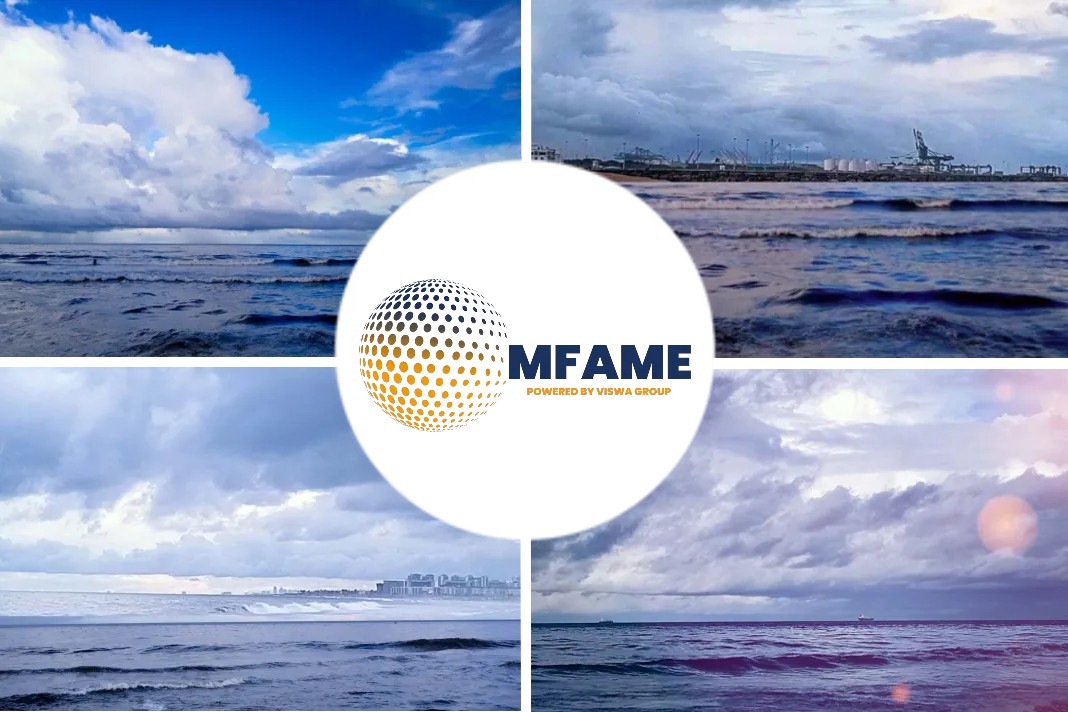
Container lines have begun shifting to more sustainable marine fuels with support from eco-conscious customers, but robust emissions regulations on global shipping are needed for sector-wide decarbonization, World Shipping Council CEO John Butler told S&P Global Commodity Insights, sources SP Global.
Largest Consumer
Among all maritime transportation sectors, box shipping is the largest consumer of bunker fuels, the biggest source of greenhouse gas emissions as well as the top investor in vessels powered by alternative fuels, according to data from S&P Global and other industry sources. Butler, whose organization represents liner operators, suggested container carriers are seeking to shift away from oil as many of their customers are consumer brands directly facing a growing eco-conscious public. “The liner sector, I think, in some ways is more visible than other sectors,” Butler said in an interview. “A lot of our customers are very visible, well-known companies.”
“I’ve seen that progression, and I’ve seen it happen in a relatively short period of time,” Butler said. “Once that recognition was shared across the industry, the focus very quickly turned to how we do this.” Classification society DNV estimates 264 LNG-capable and 143 methanol-capable containerships are either in operation or on order, outnumbering any other vessel type. Furthermore, an increasing number of carriers, including A.P. Moller-Maersk and Hapag-Lloyd, are offering green freight services based on bio-bunker fuels in recent years.
Green Triggers
As part of the coZEV’s initiatives, more than 20 cargo owners, including IKEA and Levi Strauss & Co., recently launched a Request for Proposals to transport 600,000 TEU over a three-year period from 2025 on ships powered by zero-emission fuels. The Zero Emission Maritime Buyers Alliance said such a fuel must have at least 90% fewer GHG emissions than oil-based fuels but didn’t indicate any preference. Pure biofuels, bio-methane and “green methanol” could potentially meet the requirements based on current propulsion technologies. As sustainable marine fuels tend to be more expensive, the companies also said they would negotiate a “green premium” with bidding carriers.
Cargo owners willing to pay more for green freight are “a critical part of the equation” for decarbonizing container shipping and “should absolutely be encouraged,” Butler said, adding that more eco-conscious customers would allow container lines to make early investment in alternative fuels. “It’s a really good way for companies to get a head start,” Butler added. “And the lessons that they learn, and the supply chains they put into effect for those new fuels…will serve them very well.”
IMO Regulations
In July the International Maritime Organization established new targets to cut GHG from cross-border shipping by 20%-30% by 2030 and 70%-80% by 2040, against 2008 levels, before reaching net-zero emissions close to 2050. Member states of the UN agency plan to finalize economic measures to achieve those goals by 2025 so they can come into force by 2027, and many expect this to take the form of a global carbon levy on bunker consumption. Without advocating an exact level where the levy should be, Butler said such a measure is necessary to bridge the price gap between green and conventional fuels to promote a low-carbon transition.
“You have to be able to level that playing field, so the carrier that is burning those low-carbon fuels…[can] continue to compete with others that are using fossil fuels during the transition period,” Butler said. Platts, part of S&P Global, last assessed the bunker price of 0.5%S marine fuel — the most prevalent marine fuel — at $615/mt in Rotterdam on Sept. 25. On a cargo basis without any energy density adjustment, Platts assessed FOB Rotterdam e-methanol at $2,621.76/mt. The IMO member states would be “sending a very weak signal,” for example, if they are only to set the rules “incrementally” and refrain from laying out future requirements beyond a five-year timeframe, Butler added.
Did you subscribe to our daily newsletter?
It’s Free! Click here to Subscribe
Source: SPglobal
























